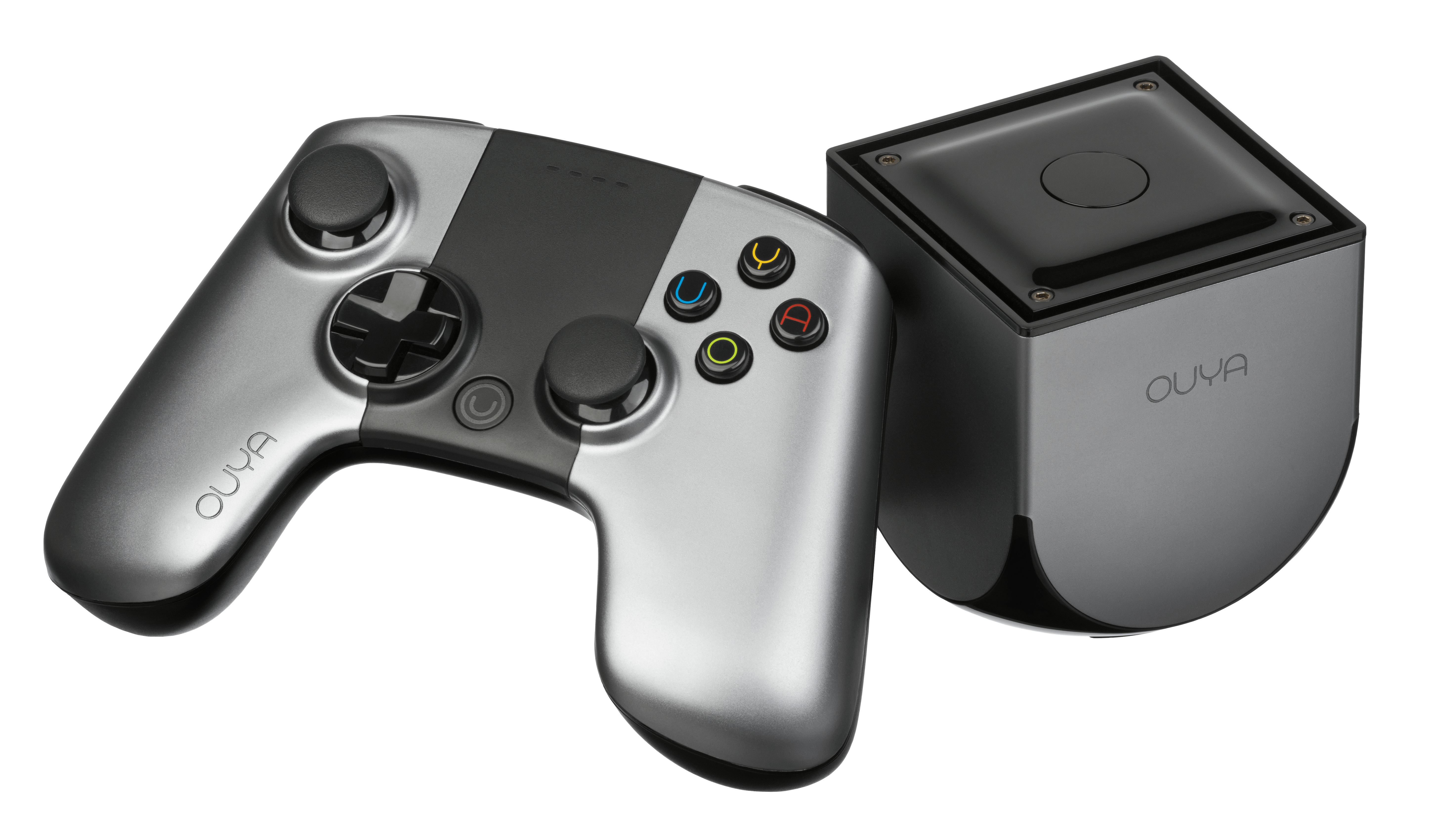Throughout history, video games have become a beloved pastime for millions of people worldwide. With the advent of video game consoles, games became more accessible, allowing for an immersive gaming experience in the comfort of one’s own home. In recent years, the release of the Ouya console brought an affordable, Android-based gaming system to the market. While the console did not achieve the same level of success as its counterparts, its significance and impact on the gaming industry are notable. The Ouya console aimed to revolutionize gaming by giving indie game developers a chance to showcase their talents on a big screen. In this article, we will take a closer look at the Ouya’s history, sales, reception, games, and more as we discuss its retrospective in the gaming industry.
Overview of Ouya
The Ouya was first introduced to the world in 2013 as an affordable gaming console. Unlike traditional consoles, the Ouya was based on the Android operating system, opening up a new realm of possibilities for gamers. Since its release, it has been praised for being one of the most affordable consoles available in the market. It is aimed at indie developers, and its entire platform is open-sourced to allow greater creativity for game developers.
The console hardware itself was built with simplicity and affordability in mind. Its primary form of input is a simple, slick controller with standard console inputs. There were also touchpads on each of the joysticks for more intuitive gameplay. The Ouya took up very little space, with dimensions of only 3 inches by 3 inches by 3 inches. It quickly gained popularity as a casual platform perfect for social gaming with friends.
The Ouya was built with the belief that all gaming should be open to everyone. It offered thousands of more titles than its competitors, including exclusive games made by developers, indie game studios who have gained popularity in recent years.
The Ouya sought to change the way we interact with and consume video games, all while remaining one of the most affordable gaming consoles on the market. It achieved this by utilizing the Android operating system and an open-source platform, embracing a new and inclusive gaming experience for all players.
History and Sales of Ouya
The Ouya game console was developed by game industry veteran Julie Uhrman and released in 2013. It was unique in that it was based on an affordable, Android-based console that could play both free and paid games.
Before its release, the Ouya gained significant attention through its Kickstarter campaign, which raised over $8 million in funding from thousands of backers. It was clear that there was a significant amount of interest in a console that offered free-to-play games and was significantly cheaper than its competitors.
However, after its launch, the Ouya struggled to gain traction in the competitive gaming market. Its technical specifications were not as powerful as other consoles on the market and the launch titles were limited in number and quality.
Despite the Ouya’s mixed reception in the gaming community, it did manage to sell 1.5 million units. Although this number is far below projections and the success of other consoles, it was still a substantial accomplishment for a crowdfunded startup.
The Ouya’s Kickstarter campaign achieved an unprecedented level of success, but its sales did not live up to expectations. The high level of publicity and anticipation for the console made its eventual launch and reception underwhelming. In the end, the history of the Ouya reveals that even with great ideas and a massive following, success in the gaming industry is far from guaranteed.
Reception of Ouya
The reception of Ouya has been a mixed bag, with opinions from gamers and industry experts spanning both positive and negative feedback.
Many gamers were excited about the prospect of a new, affordable console that was designed specifically for indie game developers. The console’s unique design and focus on open-source gaming stood out in a market dominated by big-name companies such as Sony and Microsoft.
However, the excitement around Ouya was short-lived for some, with criticism aimed at the console’s hardware and available games library. Some gamers found that the console’s controller was not as responsive as other consoles on the market, while others were disappointed in the limited selection of games.
Despite the criticisms, Ouya was still praised for its innovation, and industry experts believe that its impact on the gaming industry will continue to be felt for years to come. Ouya’s reception highlights the challenges of trying to break into a market that is already dominated by established players. In the next section of this article, we will dive deeper into the games available on Ouya and how they contributed to the console’s mixed reception.
Games on Ouya
The game library for the Ouya came with mixed reactions from gamers and industry experts. The console focused on indie development, and the games available on the platform reflected that. While there were some notable titles, the selection was generally seen as limited compared to other consoles.
At launch, the Ouya had around 170 games available. While this was considered a relatively small library compared to its competitors at the time, Ouya’s advertised commitment to indie development was a welcome and exciting prospect. Due to the console’s open-source nature, developers could easily port their existing Android titles to the console without the need for extensive reworking to fit a specific console’s architecture. This led to some great games that were unique to the Ouya and provided an innovative approach to gaming.
Some notable titles on the console include Towerfall by Matt Makes Games, a multiplayer archery title; Hidden in Plain Sight by Adam Spragg Games, a party game based on deception and eliminating your opponents; and Fist of Awesome by I Fight Bears, a beat-em-up game about a time-traveling bear.
While the concept of focusing on indie games was novel, it ultimately wasn’t enough to sustain the longevity of the console. There weren’t enough standout titles to compel players to stick with the Ouya for an extended period, and the console’s other shortcomings quickly took center stage. However, these titles were still memorable highlights of the Ouya’s library and remain a testament to the console’s ability to foster unique and innovative game development.
Conclusion
In conclusion, the Ouya was a unique console that had a significant impact on the gaming industry. As a budget-friendly Android-based console, the Ouya’s launch was met with great anticipation, with its Kickstarter campaign achieving enormous success. Upon release, however, the console failed to meet the expectations of many gamers, which led to mixed reviews and a polarizing reputation.
Although the Ouya’s sales ultimately fell short of projected figures, its library of indie games was notable for the abundance of innovative and experimental titles. The console’s open-source model paved the way for other manufacturers to embrace the idea of modding and tinkering with video game hardware.
In retrospect, the Ouya’s legacy can be summarized by its unique strengths and weaknesses. Its low-cost, indie-focused gaming experience made it an attractive option for gamers on a budget and indie game developers. However, its lack of AAA titles and limited functionality prevented it from being a major player in the console market.
Overall, the Ouya’s impact on gaming history is a testament to the innovative spirit of the gaming industry. While the console itself may have fallen short of its initial promise, its influence on the market and its pioneering approach to console design ensures that it will be remembered as an important part of video game history.
FAQs
-
What is the Ouya?
The Ouya is an affordable, Android-based video game console that was released in 2013.
-
What are the technical specifications and features of the Ouya?
The Ouya features a Tegra 3 quad-core processor, 8GB of internal storage, 1GB of RAM, and HDMI output. It also has a unique touchpad controller and an open-source operating system that allows for easy game development.
-
How well did the Ouya sell?
The Ouya had a successful Kickstarter campaign, raising over $8 million. However, actual sales figures did not meet projections and the console struggled to gain a foothold in the gaming market.
-
How was the reception of the Ouya?
Reviews from gamers and industry experts were mixed, with some praising the console’s affordability and open-source platform while others criticized its lack of high-quality games.
-
What type of games were available on the Ouya?
The Ouya focused heavily on indie game development and featured a library of over 1,000 games including notable titles like TowerFall and Super Crate Box.













